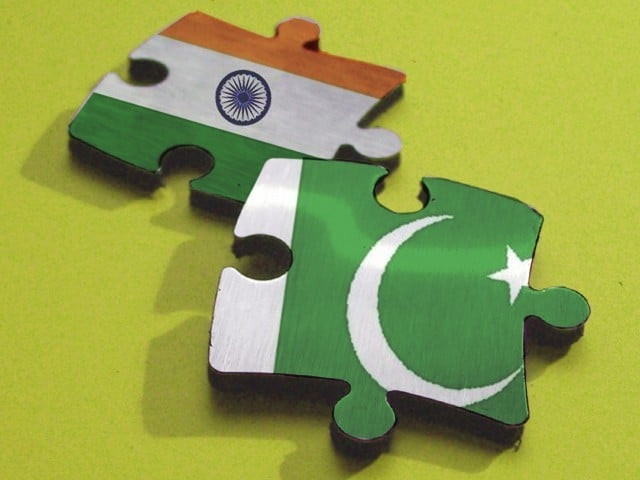Fruits of diplomacy
The meeting between two DGMOs is a significant step in the right direction and has our strong support.

The texture and quality of the relationship between India and Pakistan in the coming year is going to, in large part, determine the stability, or otherwise, of the region as a whole.
PHOTO: FILE

The two DGMOs are to meet on December 24. The meeting is in response to an invitation by Major General Amir Riaz to his Indian counterpart, Lieutenant General Vinod Bhatia, and will take place in Pakistan at an undisclosed location. The stated aim is to strengthen the mechanisms which will ensure that the ceasefire holds on the LoC. The meeting has its genesis in the sidelines contact between Prime Minister Nawaz Sharif and Indian Prime Minister Manmohan Singh at the UN General Assembly in September. There were difficulties of protocol, there being no precedent for face-to-face contact between DGMOs, but these appear to have been ironed out. The recent visit of Shahbaz Sharif to India was a part of the ‘ironing’ process and was generally well received on both sides of the border. The two DGMOs have also been in touch with each other since the end of October, which has led to a de-escalation of tension and an agreement to abide by the terms of the 2003 ceasefire. This is a significant step in the right direction and has our strong support.
Published in The Express Tribune, December 19th, 2013.
Like Opinion & Editorial on Facebook, follow @ETOpEd on Twitter to receive all updates on all our daily pieces.














COMMENTS
Comments are moderated and generally will be posted if they are on-topic and not abusive.
For more information, please see our Comments FAQ